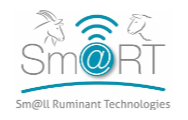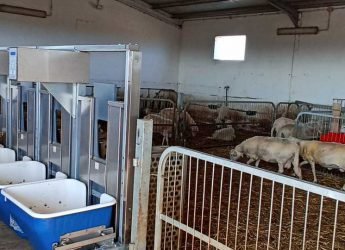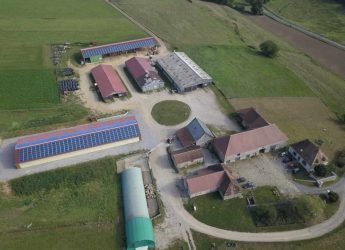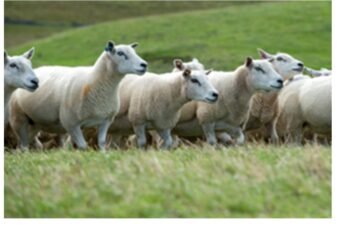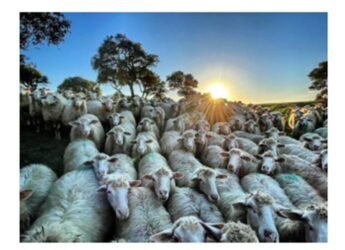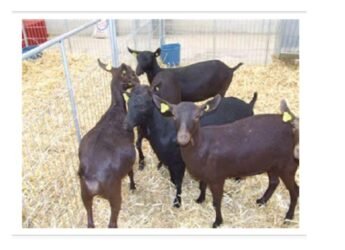Need:
- Recording/collecting/analysing health data is time-consuming/recording tags health issues, including withdrawal period
- Combining of individual health data and all other data
- Lambing records/ewe performance
- Identification of the young ewes
- Monitoring the reproduction (tool to identify ewes for insemination/tupping dates/)/Ram health monitoring/fertility testing
- Recognising and/or weighing your sheep automatically
- Performance recording (growth rates, slaughter data etc.)
- Added value of digital technologies (cost, use of technologies at some periods).
Aim:
To identify animals automatically, record data and upload to database
Description:
EID handheld wand can be used to scan any animal which has an EID tag. Once identified, the device can be used to input data e.g. weight, body condition score. Depending on the wand more information can be input e.g. medical treatment, litter size, breeding information, lambing difficulty etc. The data is then uploaded to a software package i.e. data base which can be viewed and compiled.
How to implement:
The wand must be positioned near the animal’s EID tag to identify the animals. Data can then be recorded, saved and uploaded to software package.
Expected benefits:
- Performance and health recording
- Parentage and litter size recording
- Facilitates selecting replacements
- Can record animal movement on/off farm
Prerequisites and/or limits:
- Animals must be EID tagged
- Needs a flock software package
- Requires training
Cost / Benefit Analysis
Social, environmental and welfare assessments: –
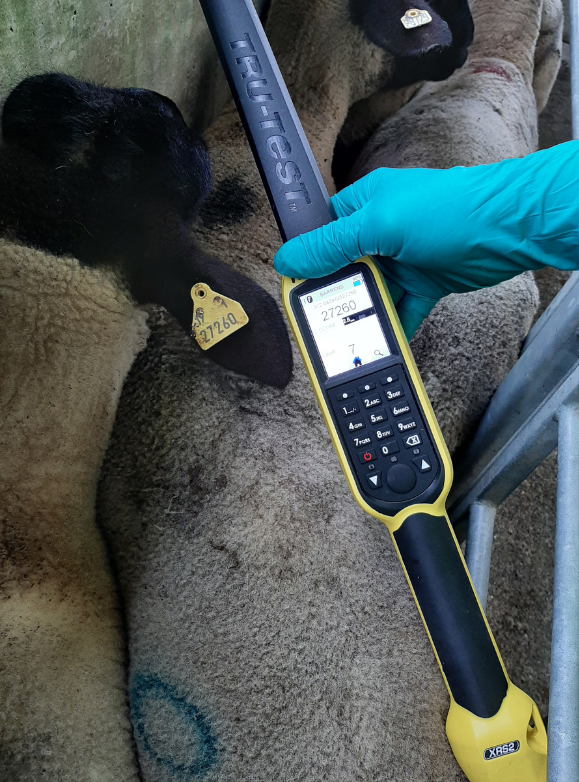
Country:
Ireland
Production system (Dairy or/and meat sheep/goat):
Dairy and meat sheep
Category of Animal (ewe, goat, replacement, lamb, kid):
Ewe, replacement, lamb
Source of information:
Attachment/links:
ADOPTION PREDICTION:
What is the expected uptake of this technology and when might peak uptake happen?
